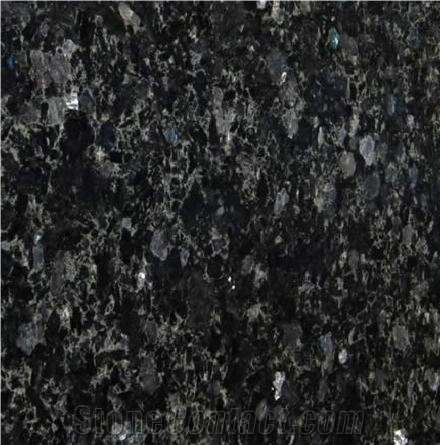Dobrynske Granite
 Ukraine
(Volodarsko-Volynsky distr., 2 km to the northeast from village Dobryn, Zhytomyr Oblast)
Ukraine
(Volodarsko-Volynsky distr., 2 km to the northeast from village Dobryn, Zhytomyr Oblast)
Compression wet strength kg/sq.sm 1682 2289 1986
Porosity % 0,62 1,83 1,22
Attrition resistance g/sq.sm 0,62 0,78 0,73
Malaxing coefficient 0,82 0,97 0,9
Volumetric weight g/cub.sm 3,08 3,23 3,16
Compression dry strength kg/sq.sm 1879 2529 2204
Water absorbing % 0,01 0,06 0,04
Density g/cub.sm 3,11 3,27 3,19
Abradability: 0, 62-0, 78 g / cm
Mineral composition ( )
Pyroxene: 20-30
Plagioclase: 50-55
Olivine: 5-15
Other: 5-8

How can I clean the stains on Dobrynske Granite?

What is labradorite granite?

Is Ukraine's Dobrynske Granite an expensive stone?

Can Ukraine's Dobrynske Granite be used outdoors?

Is Dobrynske Granite mortar and pestle food safe?

How thick is Ukraine's Dobrynske Granite slabs?

Can Ukraine's Dobrynske Granite be used in a living room?

Can I use Dobrynske Granite as outdoor stair treads?

What color granite is most versatile?

Why is blue granite so expensive?

What is the coefficient of friction of Leathered Ukraine's Dobrynske Granite tiles?

Is Dobrynske Granite black or blue?

What grade is Ukraine's Dobrynske Granite?

Is Dobrynske Granite fire-resistant? Can it be used in a fireplace?

Are there color variations of Ukraine's Dobrynske Granite?

Can Ukraine's Dobrynske Granite be used exterior applications in very rainy climates?

Which country is best for granite?

What should you not use for cleaning Dobrynske Granite countertops?

What color backsplash goes with blue granite countertop?

What is the average compressive strength of Ukraine's Dobrynske Granite?

Is Dobrynske Granite a non-toxic material for a cutting board?

What is the difference between granite and labradorite?

What color cabinets goes with blue granite countertop?

Can Ukraine's Dobrynske Granite be used in wall coverings?

Does Dobrynske Granite as a tombstone fade in color under the sun?

What is the physical properties of Dobrynske Granite?
The request includes: 1. surface finished, size 2. quantity required







